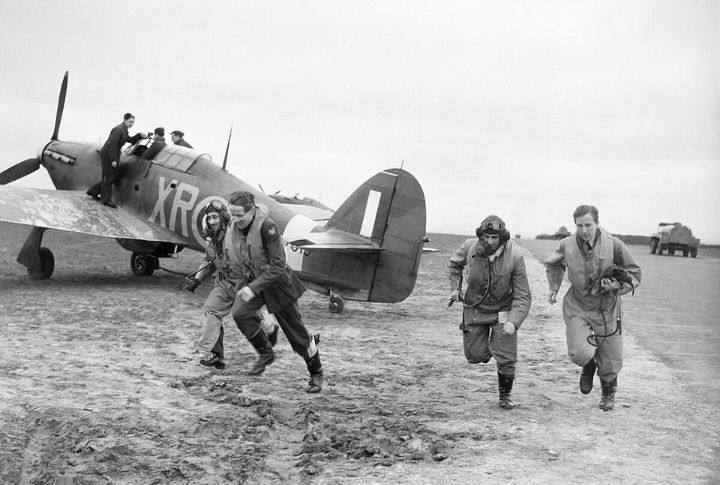
World War II was driven by U.S. states mobilizing millions into uniform, yet some played roles that history often overlooks. They not only sent staggering numbers of troops overseas but also supported massive training and logistics efforts at home. Here’s a look at the ten states that contributed the most soldiers to the fight.
New York
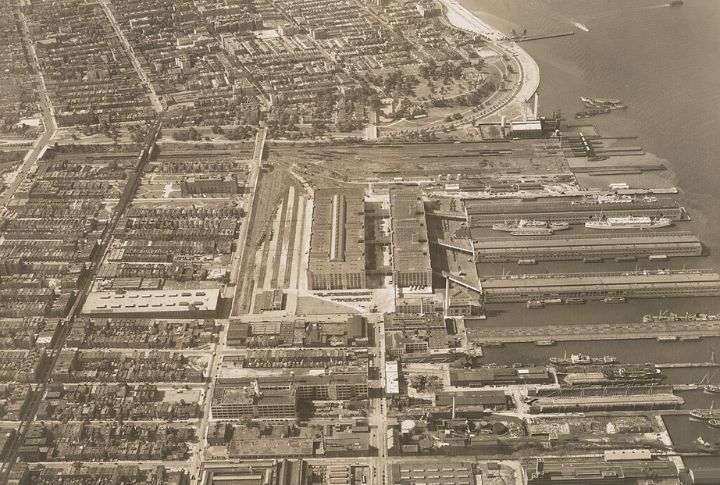
Topping the charts, New York mobilized over 1.2 million troops. Recruiting stations in every borough kept enlistments flowing steadily. Its ports launched countless overseas deployments while nearby Fort Dix handled troop processing. No other state came close in total manpower commitment.
Pennsylvania

Steel cities fueled both the production of weapons and the recruitment of human resources. Over 1.25 million Pennsylvanians joined the fight, many coming from working-class families in Pittsburgh and Philadelphia. New Cumberland Army Depot managed critical logistics, turning the Keystone State into both a manpower reservoir and a supply chain leader.
Illinois

With nearly one million heading to war, Illinois became a military manpower engine. Chicago’s dense urban network helped maintain recruitment at record levels. Meanwhile, the Rock Island Arsenal produced essential firearms and equipment. Illinois balanced urban enlistment with manufacturing power on a national scale.
Ohio

No midwestern state coordinated troop flow like Ohio. Roughly 839,000 joined the service, many trained near Columbus or transported through Cleveland’s rail hubs. Dayton’s Wright Field advanced aviation testing, while the state’s geography ensured swift movement between eastern bases and inland industrial centers.
Texas

Army airfields, like those in San Antonio, drilled thousands of pilots under ideal weather conditions. Training grounds sprawled across Texas, prepping over 750,000 troops for deployment. The state’s large rural population responded in waves, helping Texas become a cornerstone of domestic military preparation.
California
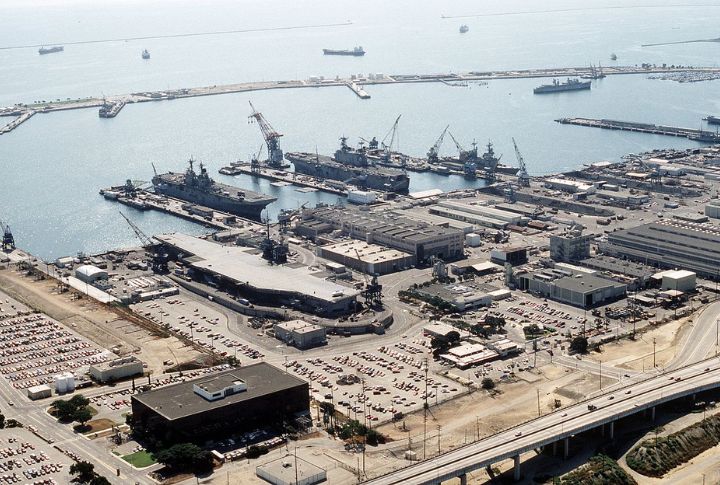
As a Pacific defense giant, California funneled around 800,000 troops through its systems. Long Beach and Alameda supported fleet movement, while Los Angeles hosted aircraft assembly plants. California’s role extended beyond enlistment—its coastline operated as a launchpad for conflict in the Pacific.
Michigan

Detroit’s laborers swapped auto work for munitions lines, and the students at Michigan State joined officer programs. Willow Run Airplant’s bomber production didn’t just change warfare—it represented American industrial momentum in motion. Known for building the machines, Michigan also sent around 600,000 into combat.
North Carolina
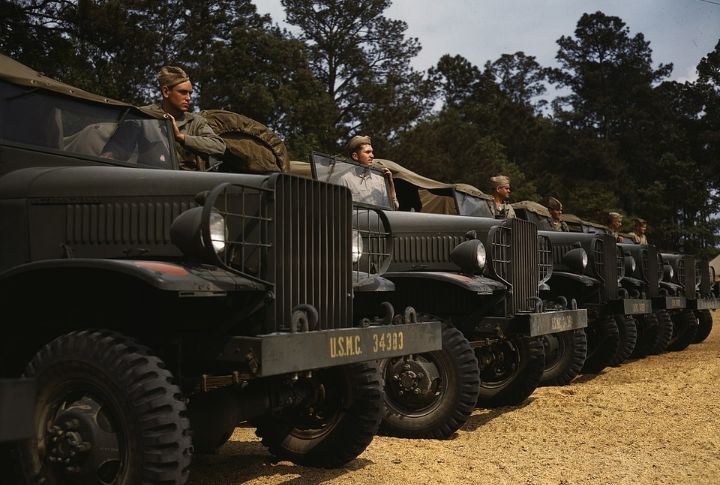
Massive military bases transformed North Carolina into a personnel pipeline. Fort Bragg shaped artillery units, while Camp Lejeune became essential for Marine readiness. Over 360,000 troops left from here, aided by Atlantic access and warm-season training. The state’s terrain supported year-round operational prep.
New Jersey
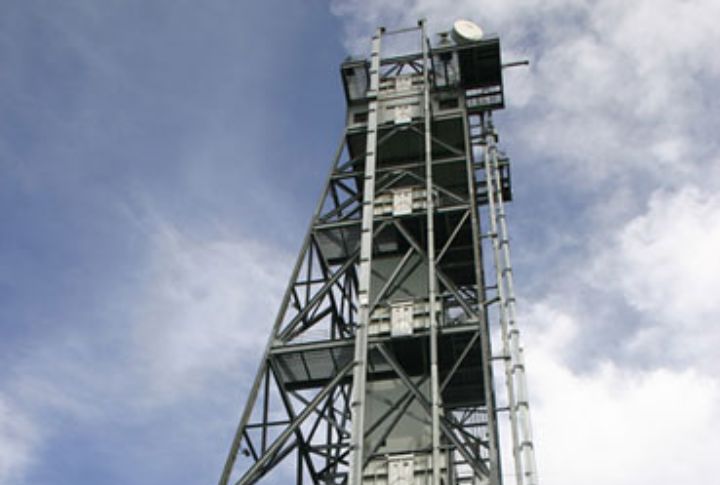
New Jersey’s infrastructure became mission-critical, and 560,501 men and women proudly served their country. Liberty ports moved troops and cargo across the Atlantic. In addition, the state’s labs, like those at Picatinny, developed explosives used abroad.
Virginia
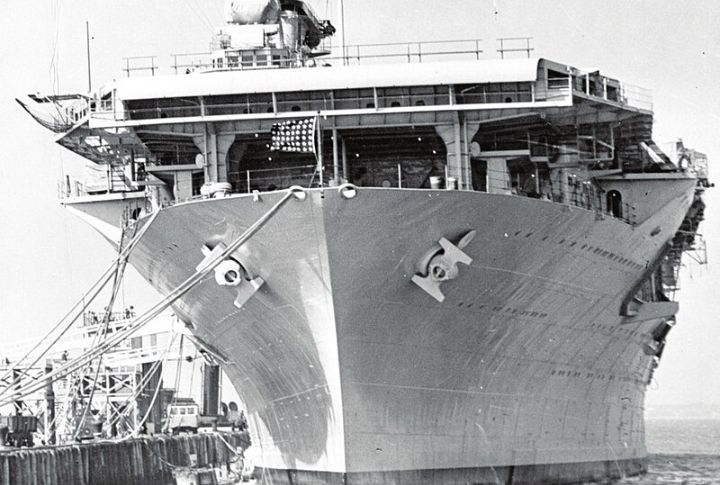
Coordination took root in Virginia. While around 300,000 Virginians enlisted, the state’s true strategic power came from housing the Pentagon and the Norfolk Naval Base—two key hubs that shaped Allied operations. Its central location enabled swift troop movement and seamless command coordination, proving vital to the success of the European and North African campaigns.
